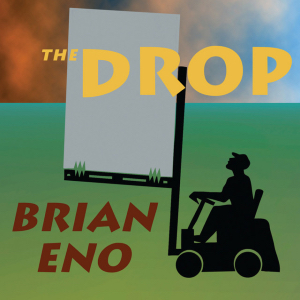
After a decade of dance experiments,
All That You Can’t Leave Behind was hailed upon release for being something of a return to U2’s straight rock sound. That should have been a good thing for longtime fans tired of sifting through remixes in search of a decent song. But while the album definitely sounded like the U2 of old, unfortunately it sounds a little too much like the U2 of old.
The boys are still masters of track sequencing, starting off with “Beautiful Day”, an okay single that somehow got swept up into post-9/11 patriotism. Dangling preposition aside, “Stuck In A Moment You Can’t Get Out Of” is up there with their best, something of a “Don’t Give Up” for the new millennium. “Elevation” is a fun one, even though the delivery of the words (“a MOLE/digging in a HOLE”) reminds us of an old Bloom County strip we’ll link to as soon as we can find it online. “Walk On” and “Kite” reach for that big stadium sound, the former another statement of support, and the latter an acknowledgement of the passage of time.
They’ve often frontloaded their albums, and the rest of this one pretty much plummets from here. “In A Little While” takes a Hendrixian riff, the type Pearl Jam would use, and stretches it into little more than a demo. “Wild Honey” is another departure, a mostly acoustic duet for Bono and The Edge until it builds into something bigger. “Peace On Earth” might have made it as a Christmas song—there’s even a tree icon next to the song in the booklet—but the lyrics are too pointedly connected to a genocide to be a radio staple. Similarly, “When I Look At The World” is just too sappy, though it is catchy. “New York” should have been left to Lou Reed, while “Grace”, the quiet finale, sounds more like a Daniel Lanois track (after all, he coproduced the album with Brian Eno) than U2 proper. (Depending on the country, “The Ground Beneath Her Feet”, a collaboration with Daniel Lanois and Salman Rushdie for a movie soundtrack, was included as a bonus track; here in the U.S., the less-than-riveting B-side “Summer Rain” was included on its own disc in a “special edition”.)
Even if the boys were “normal” again, there’s still plenty of posing in everything that comes out of Bono’s mouth. His voice sounds weary on most of the tracks, and the lyrics just aren’t there. Maybe they were tired of trying to turn the music world on its ear. They certainly can’t be blamed for that. All That You Can’t Leave Behind fills the prescription just fine, and was rewarded with steady sales, sellout shows, multiple Grammy® awards, and raves from fans. But in the end, the album is just plain ordinary, and that’s something we never expected to say about U2.
The speed with which the new century flew by was rammed home two decades later with the release of three 20th anniversary editions. “The Ground Beneath Her Feet” was added to the main disc as the standard closer, completely throwing off the original mood; the Deluxe Edition added a disc of audio selections from their Elevation 2001: Live From Boston DVD; the Super Deluxe Edition spread the entire concert across two CDs, and added one disc of B-sides and (mostly) previously released outtakes plus another of remixes. For those wishing to carry it all in a suitcase as suggested by the icon used for the artwork, the vinyl version contained all that on eleven records.
Again, the Super Deluxe Edition was the only way to get the album’s worth of leftovers, which are actually not bad on their own, particularly when prefaced by “The Ground Beneath Her Feet”. “Stateless” is a song from the same soundtrack, and “Levitate” has mild electronica touches, and that’s probably why it was, well, left behind. At the other end of the sonic spectrum, “Summer Rain” and “Flower Child” are unfinished-sounding strums, but the acoustic mix of “Stuck In A Moment” still offers power. “Always” is basically the first draft of “Beautiful Day”, so it’s still catchy but not yet anthemic, just as “Love You Like Mad” tries too hard (and yes, the guitars sound like old Who) and “Big Girls Are Best” is just plain trashy. Then there’s “Don’t Take Your Guns To Town”, recorded for a Johnny Cash tribute but sounding like a stripped-down mix of “The Playboy Mansion” from the last album. These songs aren’t quite as album-worthy as the Joshua Tree B-sides, but they’re still nice to hear.
U2 All That You Can’t Leave Behind (2000)—3
2020 20th Anniversary Deluxe Edition: same as 2000, plus 14 extra tracks (Super Deluxe Edition adds another 26 tracks)
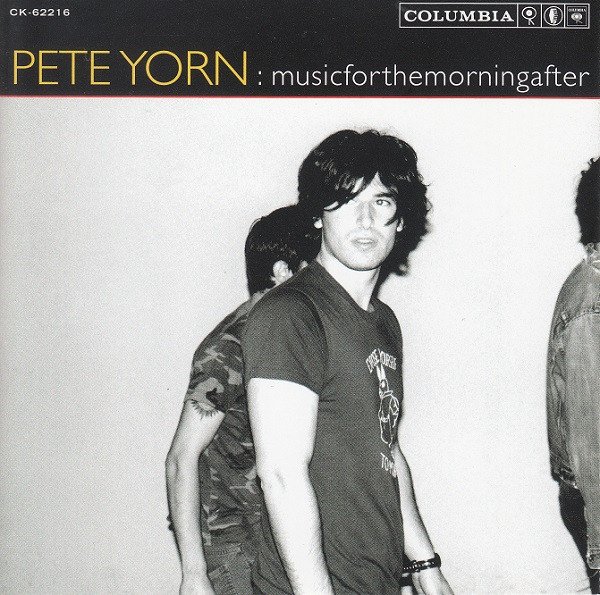

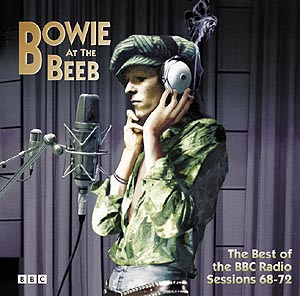







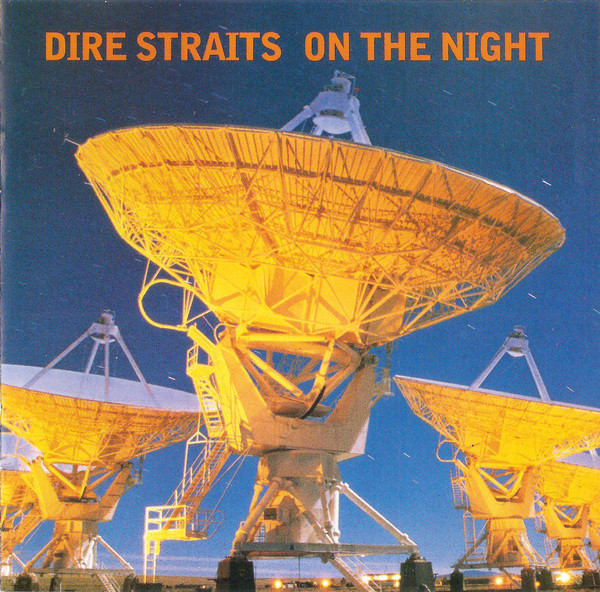
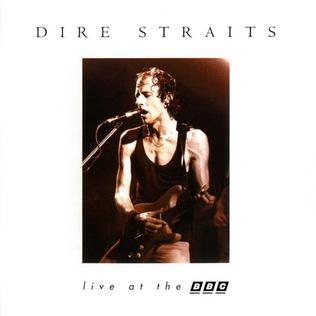
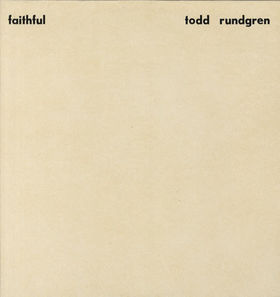

.jpg)
